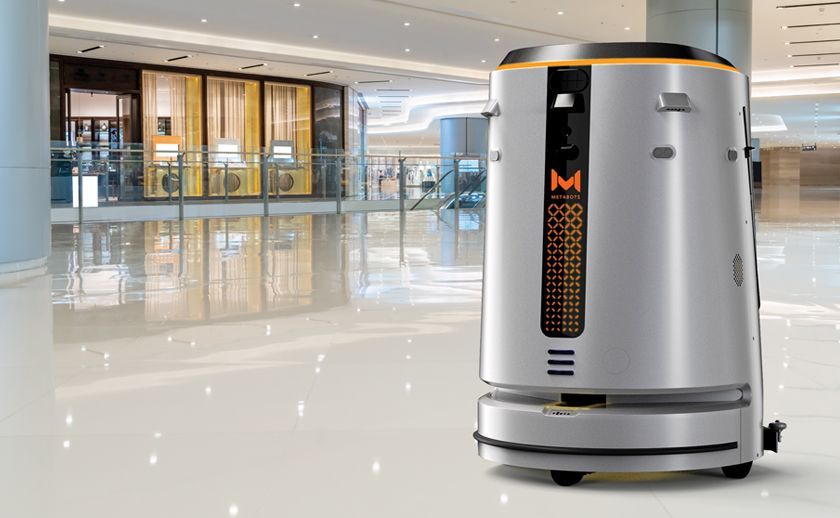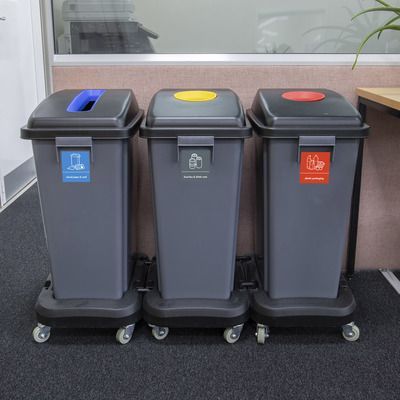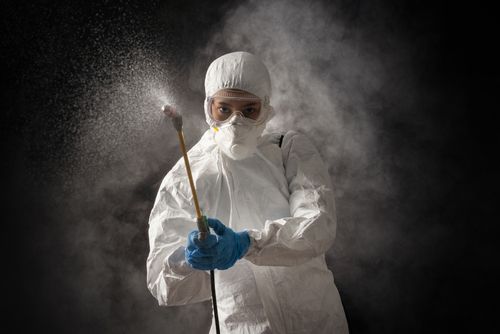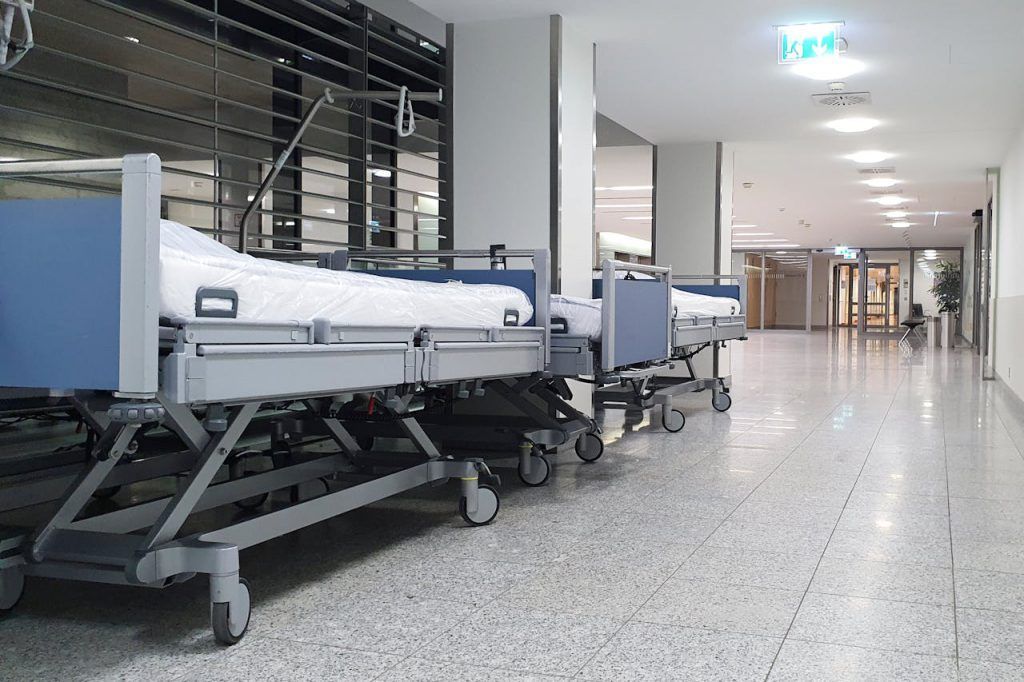Flooring that Shines
Flooring that Shines
Maintaining clean floors is a crucial aspect of any cleaning routine, with floors facing significant wear and tear from foot traffic, wheeled equipment, and spills. The challenges of floor cleaning and ways to lighten the workload for cleaners are explored in discussions with various companies.
Unlike other surfaces primarily soiled by dust and fingerprints, floors in public spaces endure constant contact with dirty shoes, leaving behind marks, grooves, and potential hazards. This makes floor maintenance a substantial part of cleaning routines, but the time it consumes varies depending on the environment. Christian Mrowka, Kärcher’s floorcare product manager, notes that floor cleaning in spaces like logistics warehouses may take a whole day, while offices might allocate around 50% of a cleaner’s time due to additional tasks like cleaning desks and glass surfaces.
Effective floor cleaning is pivotal for enhancing air quality in dusty environments, thereby ensuring a safer workplace for employees. Studies indicate that bacteria present on the floor can become airborne, posing a risk of contaminating hands, surfaces, or being inhaled or swallowed. Consistent cleaning practices significantly contribute to maintaining a low level of contamination.

A well-maintained floor not only fosters cleanliness but also positively impacts employee morale and productivity, as emphasised by Mrowka. In settings like warehouses, where forklifts navigate around spills and debris, productivity may suffer. The presence of obstacles, such as rubbish, increases the risk of accidents when machines need to manoeuvre. Therefore, a clean floor plays a vital role in promoting a safe and efficient working environment.
The time needed for floor cleaning varies based on several factors, including the facility’s type and size, the flooring type, the level of traffic, and the cleaning frequency. In areas with high traffic, such as hallways, entrances, reception areas, and washrooms, the task becomes notably time-consuming to ensure both cleanliness and safety.
The advent of user-friendly scrubber dryers has proven beneficial, and the increased prevalence of autonomous floor cleaning robots adds even more flexibility to the cleaning process.
These innovations serve to reduce the time dedicated to floor cleaning, allowing employees to focus on more intricate tasks, notes Mrowka. Furthermore, these automated systems offer the advantage of night-time cleaning without requiring staff presence. Additionally, digital systems contribute by recording and monitoring the quality of cleaning performance.
The post Flooring that Shines appeared first on Spectrum.


